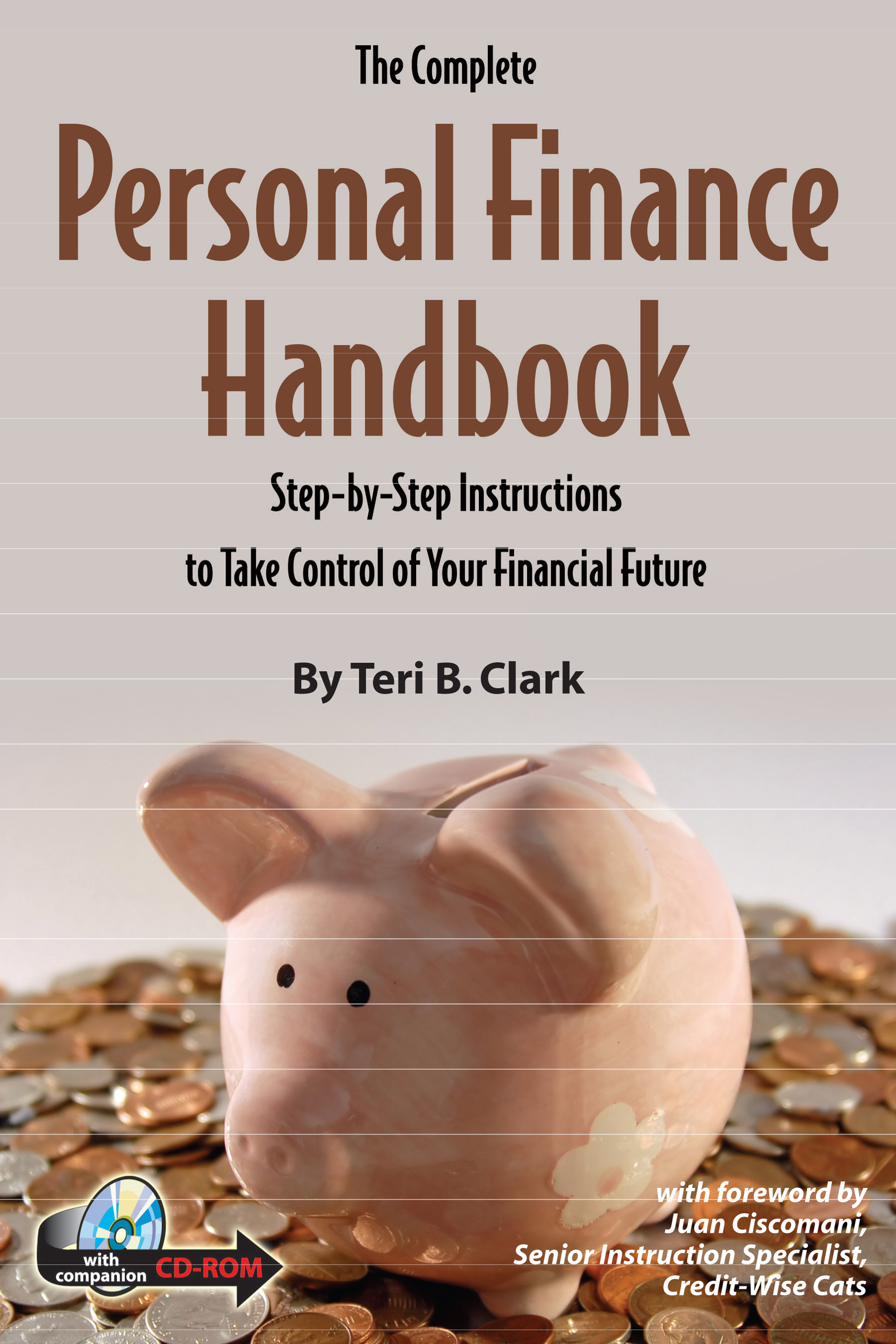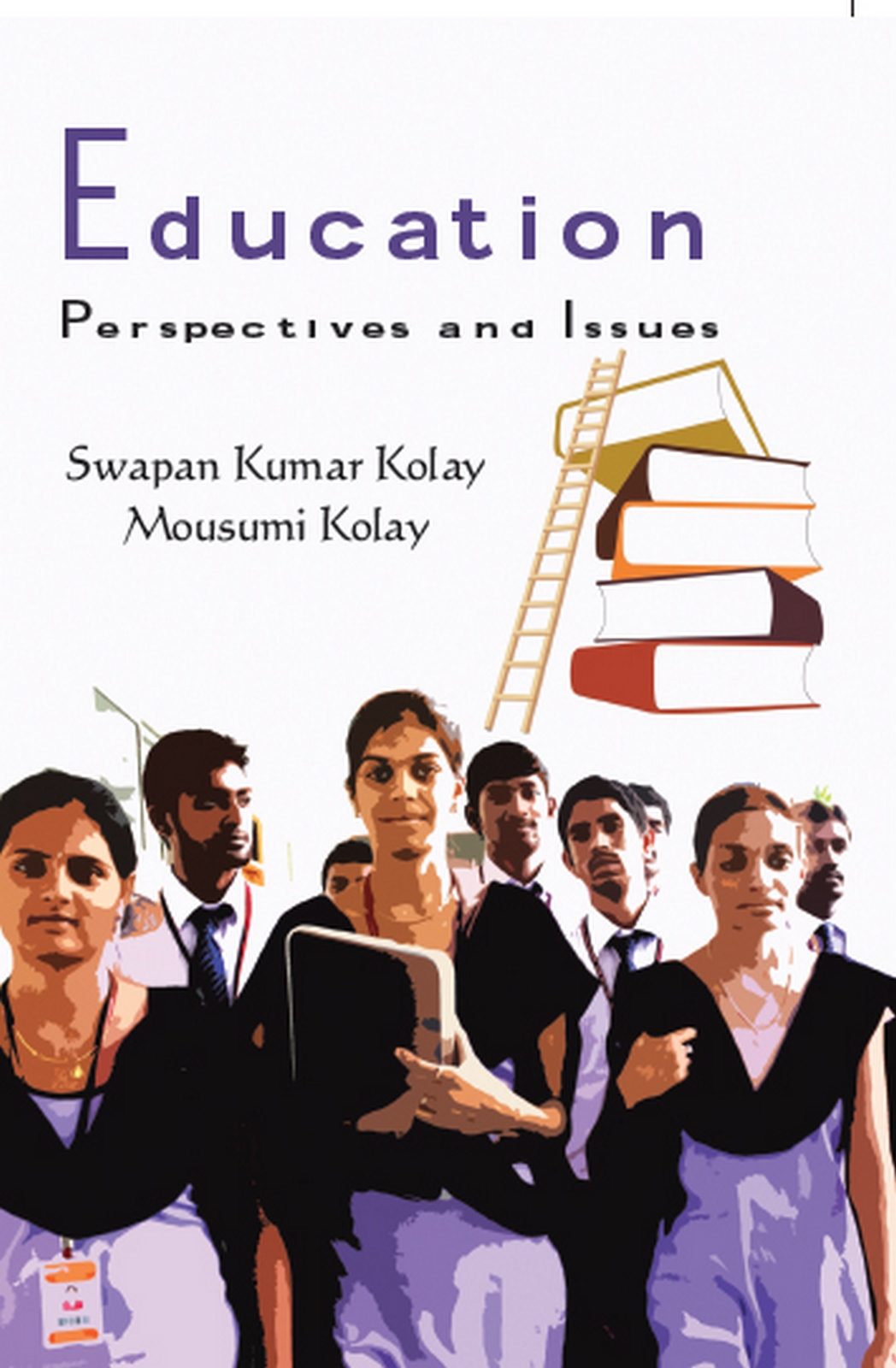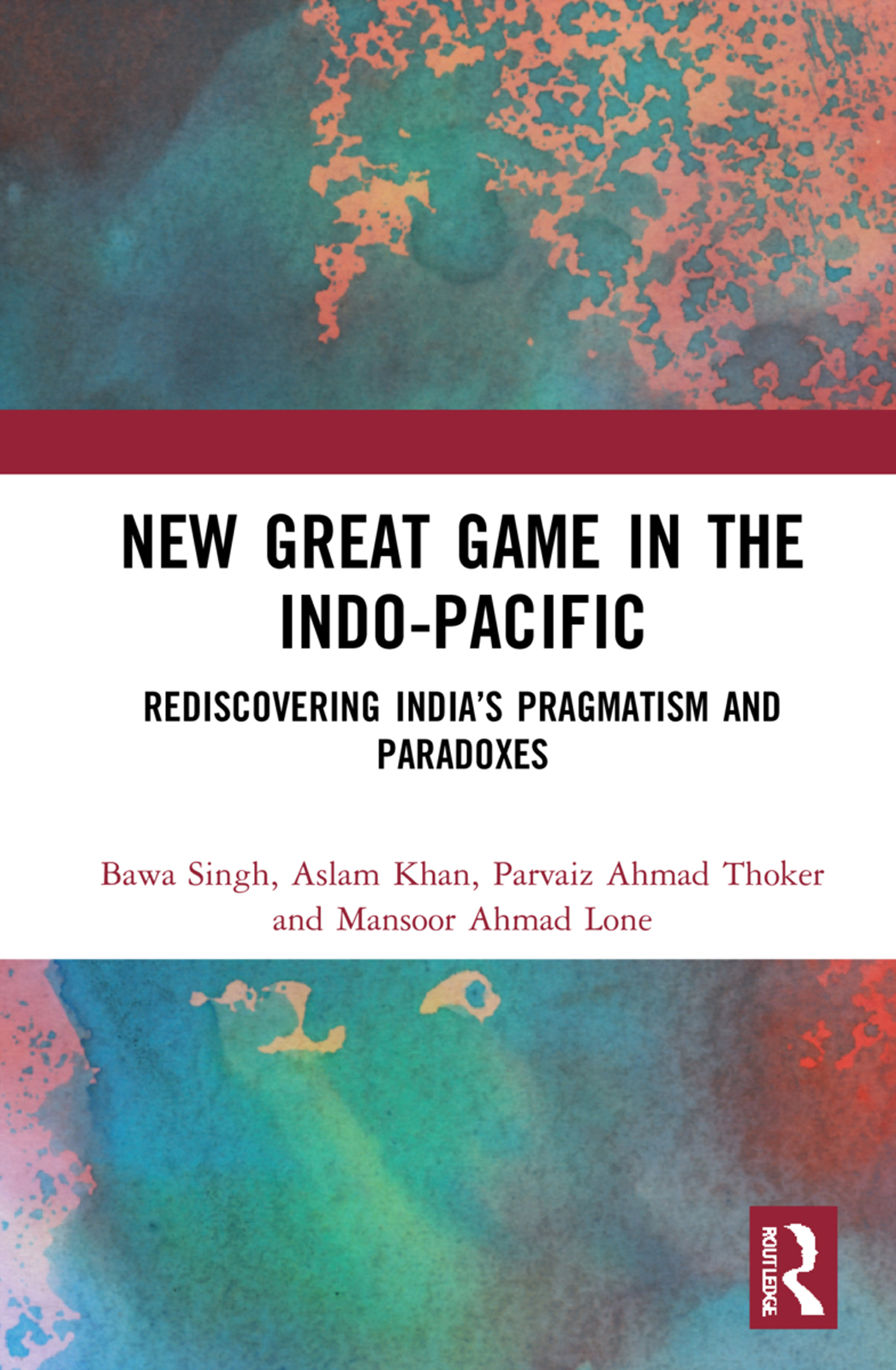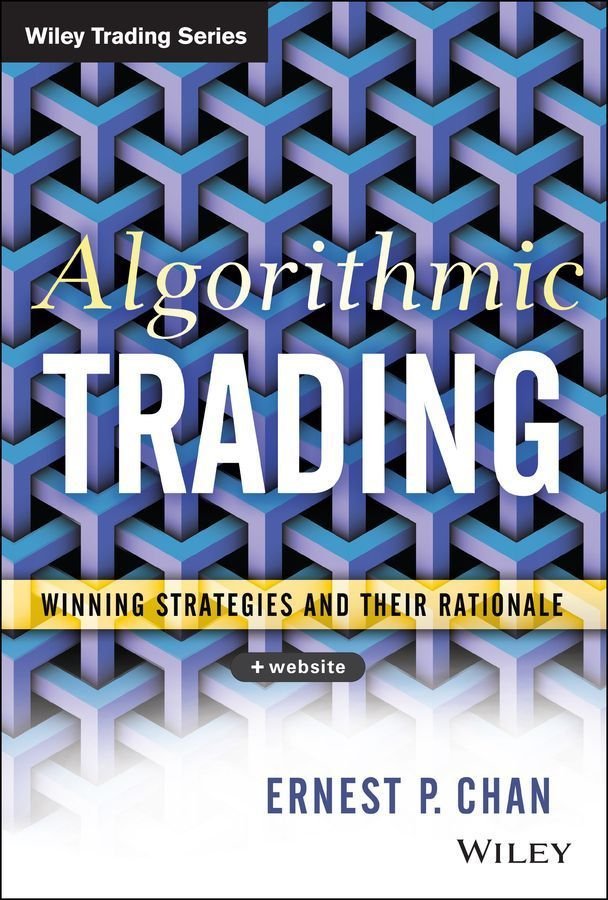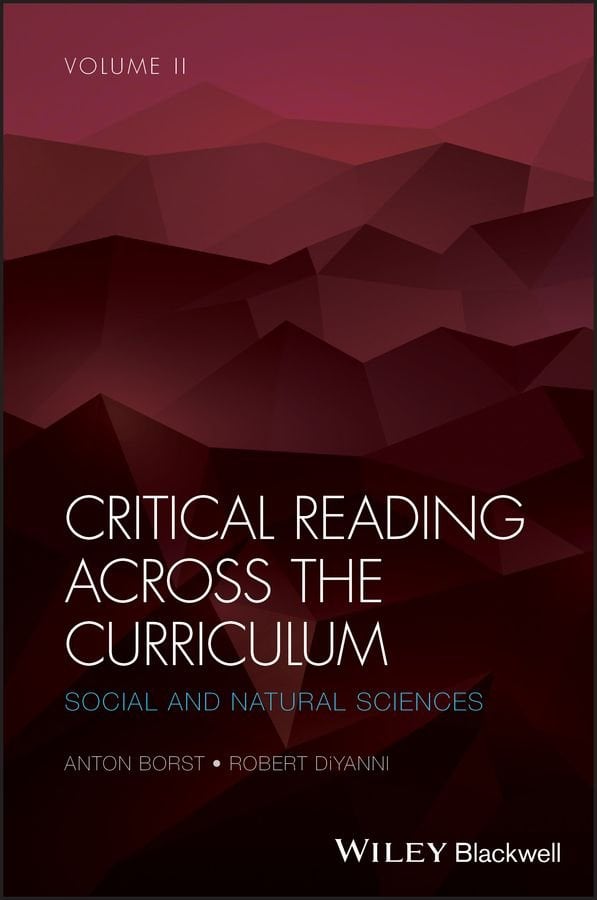In 1984, while I was following his postgraduate course on VLSI design, my supervisor Dr. David Skellern, asked me if I was interested in investigating intelligent approaches to automatic Ie floorplanning. He told me then: “a circuit that works always looks nice, has a clever data and control flow. A fast way to look at students’ Ie projects is by looking at their fioorplans.”. Later, I took a course on Knowledge Engineering (KE) and Artificial Intelligence (AI) with Professor John Gero, who encouraged me to investigate this area of design automation. The resources for such development were really poor at IS&E as KE was a relatively new field of research in Australia at that time. ‘Vhatever the difficulties (a good programmmer never blames his tools as David Skellern used to tell me), I undertook the investigation of Knowledge-Based approaches to Ie ftoorÂ- planning as my PhD thesis subject with the help of my supervisor and John Gero and the encouragement of all researchers at IS&E , who provided an exciting environment for my research. This volume reports the results of my research during 1984, 1985, 1986, and 1987. The voulme deals with Ie ftoorplanning from four perspectives: floorplanning strategy, Knowledge Engineering in the Ie domain, the development of knowledge-based fioorplanÂ- ning processes and new floorplanning algorithms for use in the overall strategy.


